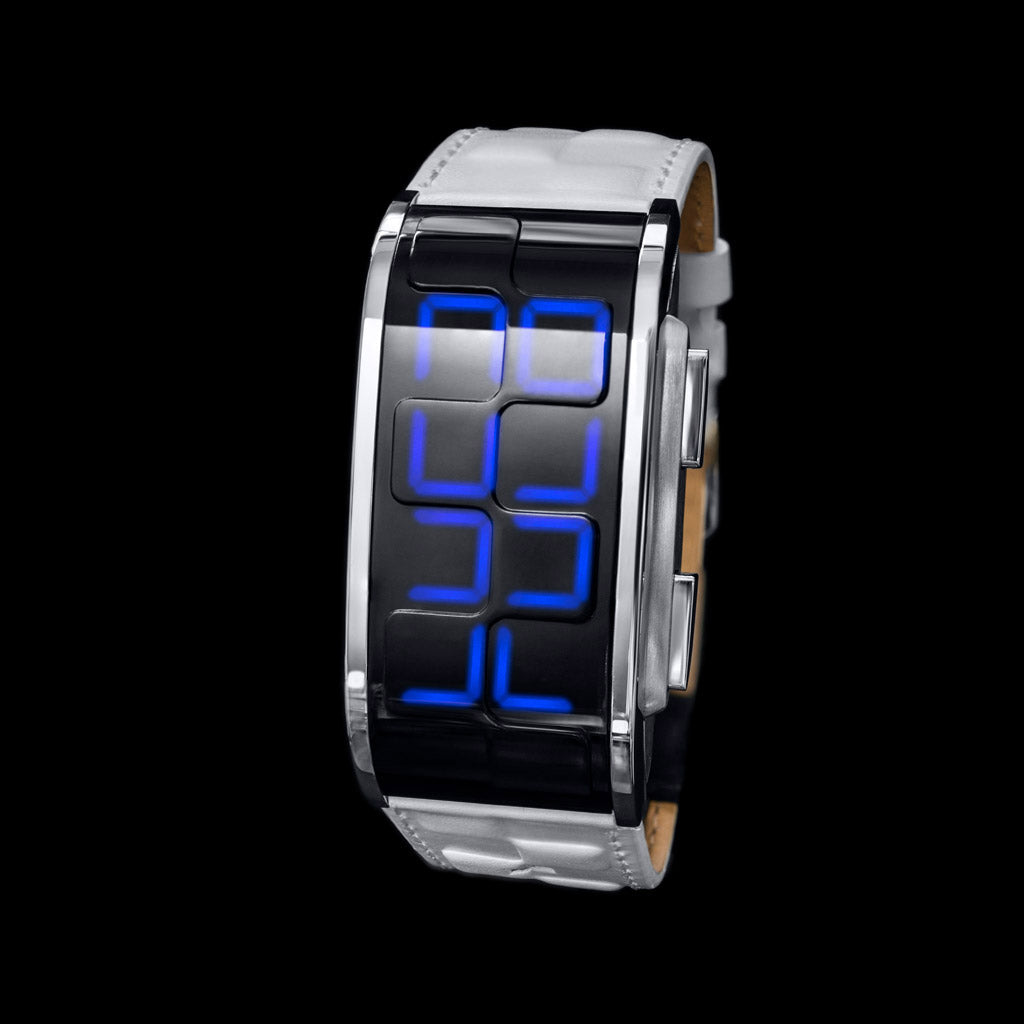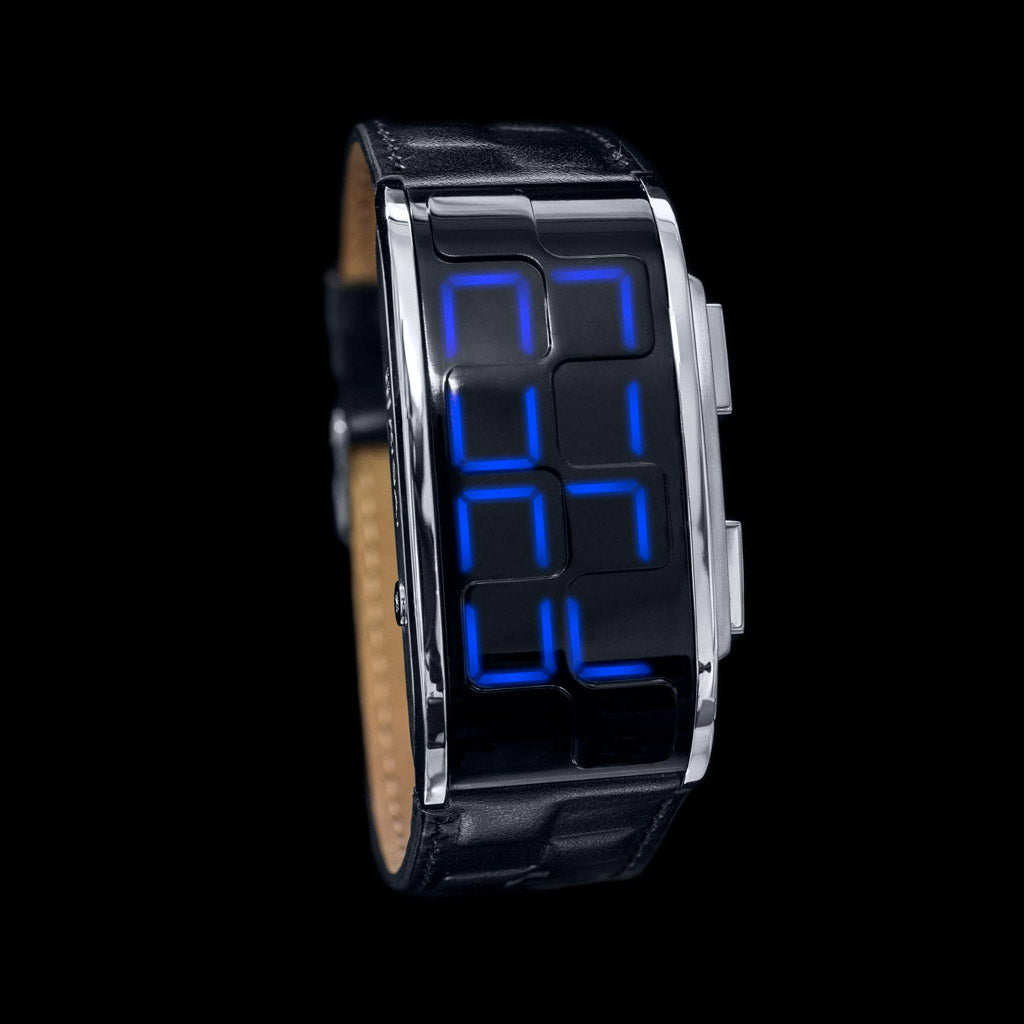The Science Behind LED Display Technology
LED watch displays operate on the principle of electroluminescence, where electrical current passes through semiconductor materials to produce light. The most common LEDs used in watches are gallium arsenide phosphide (GaAsP) for red displays and gallium phosphide (GaP) for green displays, chosen for their efficiency and visibility.
Modern LED watches employ sophisticated multiplexing techniques to control hundreds of individual LEDs while maintaining battery efficiency. The microcontroller rapidly switches between different LED segments, creating the illusion of simultaneous illumination while actually lighting only a fraction of the display at any given moment.
Advanced models incorporate ambient light sensors that automatically adjust LED brightness based on surrounding conditions, ensuring optimal visibility while conserving battery power. Some premium LED watches also feature color-changing capabilities, using RGB LEDs to create dynamic displays that can shift through millions of color combinations.




